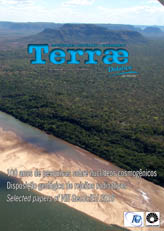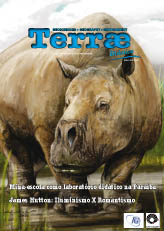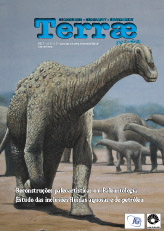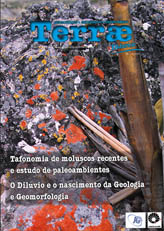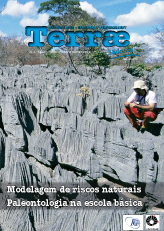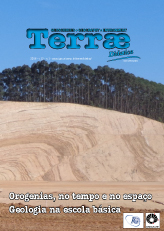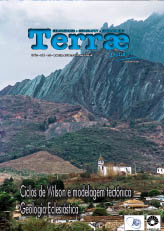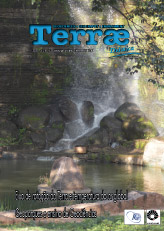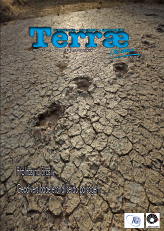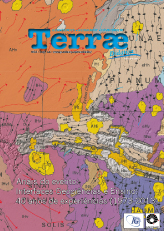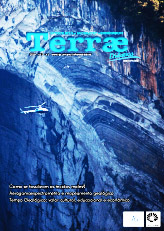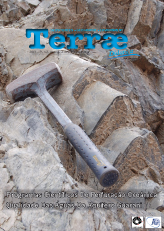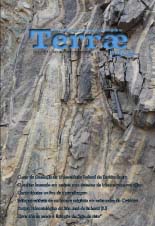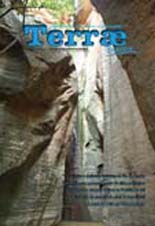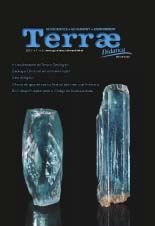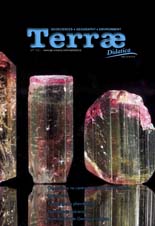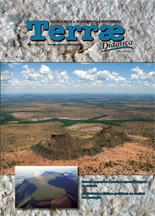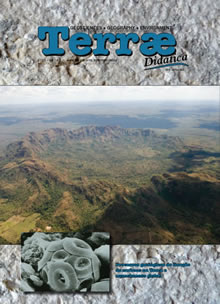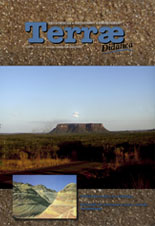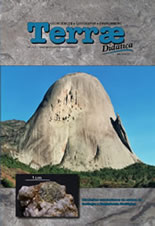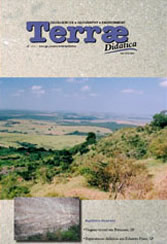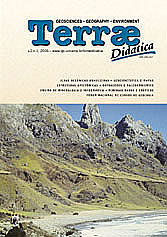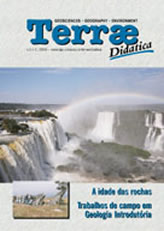Campinas-Brasil
ISSN 1980-4407

 ___________________
___________________ __
__
Volume 14, n2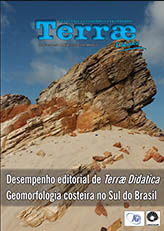
Volume 14, n1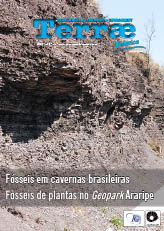
Volume 12, n3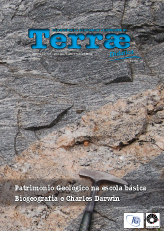
Volume 10, n2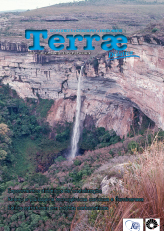
Volume 8, n2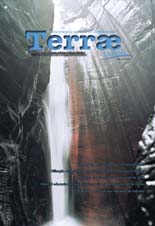
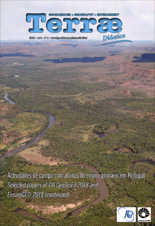
Propuestas de formación docente para la enseñanza de las Ciencias de la Tierra en Argentina
Diego Arias Regalía
Instituto CEFIEC, Facultad de Ciencias Exactas y Naturales, Universidad de Buenos Aires
Ciudad Universitaria, Pabellón II (C1428EGA), Ciudad Autónoma de Buenos Aires.
Ensino de História de Ciências da Terra, Universidade Estadual de Campinas
Cx.P.: 6152 - 13083-970, Campinas, SP. -
dariasregalia@ccpems.exactas.uba.ar,
Leonor Bonan
Instituto CEFIEC, Facultad de Ciencias Exactas y Naturales, Universidad de Buenos Aires
Ciudad Universitaria, Pabellón II (C1428EGA), Ciudad Autónoma de Buenos Aires.
Ensino de História de Ciências da Terra, Universidade Estadual de Campinas
Cx.P.: 6152 - 13083-970, Campinas, SP. - lbonan@de.fcen.uba.ar,
Pedro Wagner Gonçalves
Instituto CEFIEC, Facultad de Ciencias Exactas y Naturales, Universidad de Buenos Aires
Ciudad Universitaria, Pabellón II (C1428EGA), Ciudad Autónoma de Buenos Aires.
Ensino de História de Ciências da Terra, Universidade Estadual de Campinas
Cx.P.: 6152 - 13083-970, Campinas, SP. - pedrog@ige.unicamp.br
Abstract: The conceptions about the origins of mountains, faults, folds or relief are very different if we compare didactic books of Geography published before and after the elaboration of Plates Tectonics theory. In this article, it was analyzed didactic books from first grade education, which is currently equivalent to the 6th grade of Elementary School 2, published between 1933 until 1961. Obviously, by that time, Plate tectonics theory had not yet been elaborated. However, the academic world was already familiar with the Continental Drift theory, an innovative proposal elaborated at the beginning of the 20th century by German scientist Alfred Wegener [1880-1930]. According to Wegener, the continents were together millions of years ago, forming a single great mass, called by him of “Pangea”. Considering that the books analyzed were published between 1933 and 1961, such works could be expected to contemplate and explain the continental drift theory. However, it was not what it was observed. In addition, the formation of mountains, folds, faults or relief had very different conceptions of what today’s students learn.
Keywords: Plate Tectonics, continental drift, mountain formation, Geography textbooks.
DOI:10.20396/td.v14i4.8653826
Copyright © 2005-2007 - Instituto de Geociências - Universidade Estadual de Campinas - UNICAMP - Brasil - Todos os direitos reservados -
Desenvolvimento: ![]()
